ARTICLE AD BOX
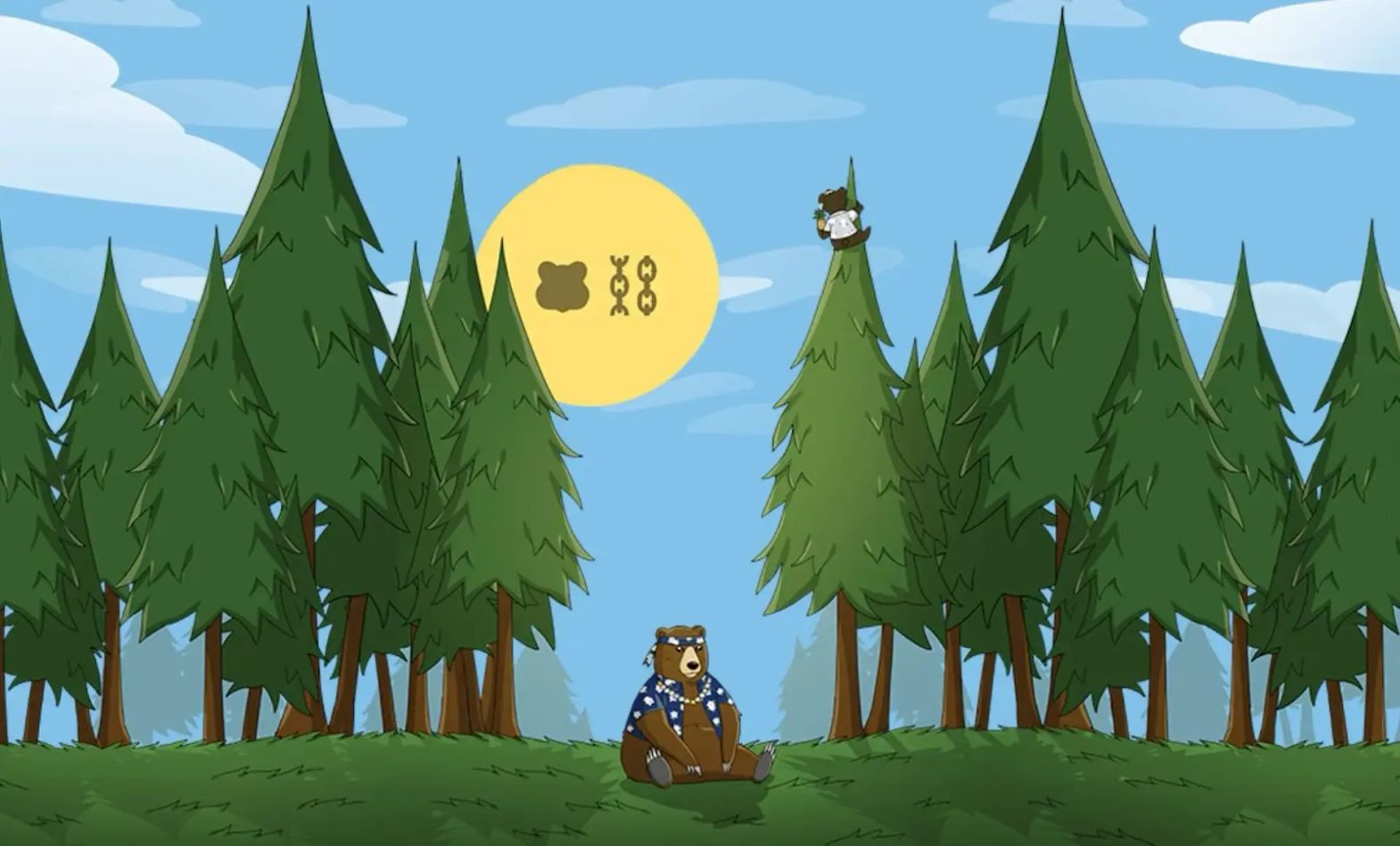
- Berachain introduces new yield strategies through lending markets and OFT-based liquidity in RFRV Batch 8.
- QIA holders benefit from a buy-and-burn model that reduces token supply and encourages long-term holding.
Berachain has rolled out its latest decision for the 8th batch of RFRV (Reward Vault Requests). The decision was delivered by the BGT Foundation on behalf of the Guardians, and it’s quite interesting.
Not only because the features sound ambitious, but also because it provides many new opportunities for users who have been hanging around the ecosystem for a long time.
Decisions on the latest batch of RFRVs have been delivered by the @bgtfdn on behalf of the Guardians.
This batch introduces new earning pathways through lending markets, OFT-enabled liquidity, and a unique buy-and-burn rewards model for QIA holders.
Read the full update:… pic.twitter.com/fzadVkulPs
— Berachain Foundation 
 (@berachain) May 19, 2025
(@berachain) May 19, 2025
Smart Yields and Scarcity Games: What’s New in the Vaults?
Among the most interesting is the inclusion of a yield mechanism through the lending market. So, imagine you have crypto assets but don’t want to sell them. Well, through these new vaults, you can still hold your assets while earning yield. On the other hand, these new vaults also start integrating Open Flow Token (OFT)-based liquidity, making asset movement more flexible, especially between protocols.
However, the main star of this batch is clearly the “buy-and-burn” scheme for QIA token holders. This system works by buying QIA from the market and then burning it—aka removing it from circulation. Imagine if you had held QIA from the start and its supply was running low—it could be a kind of unexpected bonus in the future.
This approach is also a pretty smart way to strengthen community loyalty, as more people finally feel like they have more reasons to hold QIA.
From Games to NFTs: The Berachain Network is Getting More Colorful
But wait, it’s not just RFRV that’s making Berachain the talk of the town this week. On the other hand, CNF recently reported that Adventure Layer has launched as the first Layer-2 gaming on top of Berachain. With a $15 million community fund, Adventure Layer aims to be the home of AI-powered on-chain games.
The platform supports developers and incentivizes players through the AGLD DAO and Adventure Forge feature. In short, this is not just a Layer-2—it’s more like a playground full of digital experiments.
Furthermore, PaddleFi also brought exciting news by launching an NFT Money Market based on the Berachain network. The difference is, they include the bitsCrunch API as their analytics support. The result? NFT valuations can be done in real-time.
The system can even adjust lending limits and liquidation thresholds more precisely based on current floor prices and volatility. Not only is it efficient, the system also feels more ‘reasonable’ for borrowers and lenders.
Meanwhile, Infrared Finance—one of the liquid staking protocols on Berachain—has opened a points program that started in February. These points are not just any points, where they are calculated based on user activity contributions and have no supply limits.
The plan is for the official Infrared token to be launched in the third quarter of this year, and those who are active now will be the first to enjoy the benefits.
Interestingly, at the Consensus 2025 event held in Toronto last week, “Smokey the Bera”—the founder of Berachain—shared his vision of building a user community that is not directly correlated with the crypto market. He called it a “decorrelated user population.”
They want to reducing the effects of market reflexivity and maintaining stable liquidity even when prices fluctuate wildly. In simple terms, when the market is volatile, they want their community to remain calm and active.
Meanwhile, as of press time, BERA is swapped hands at about $3.21, up 1.84% over the last 24 hours and driving its market cap to surpass the $380 million mark.
.png)
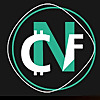 7 hours ago
1
7 hours ago
1
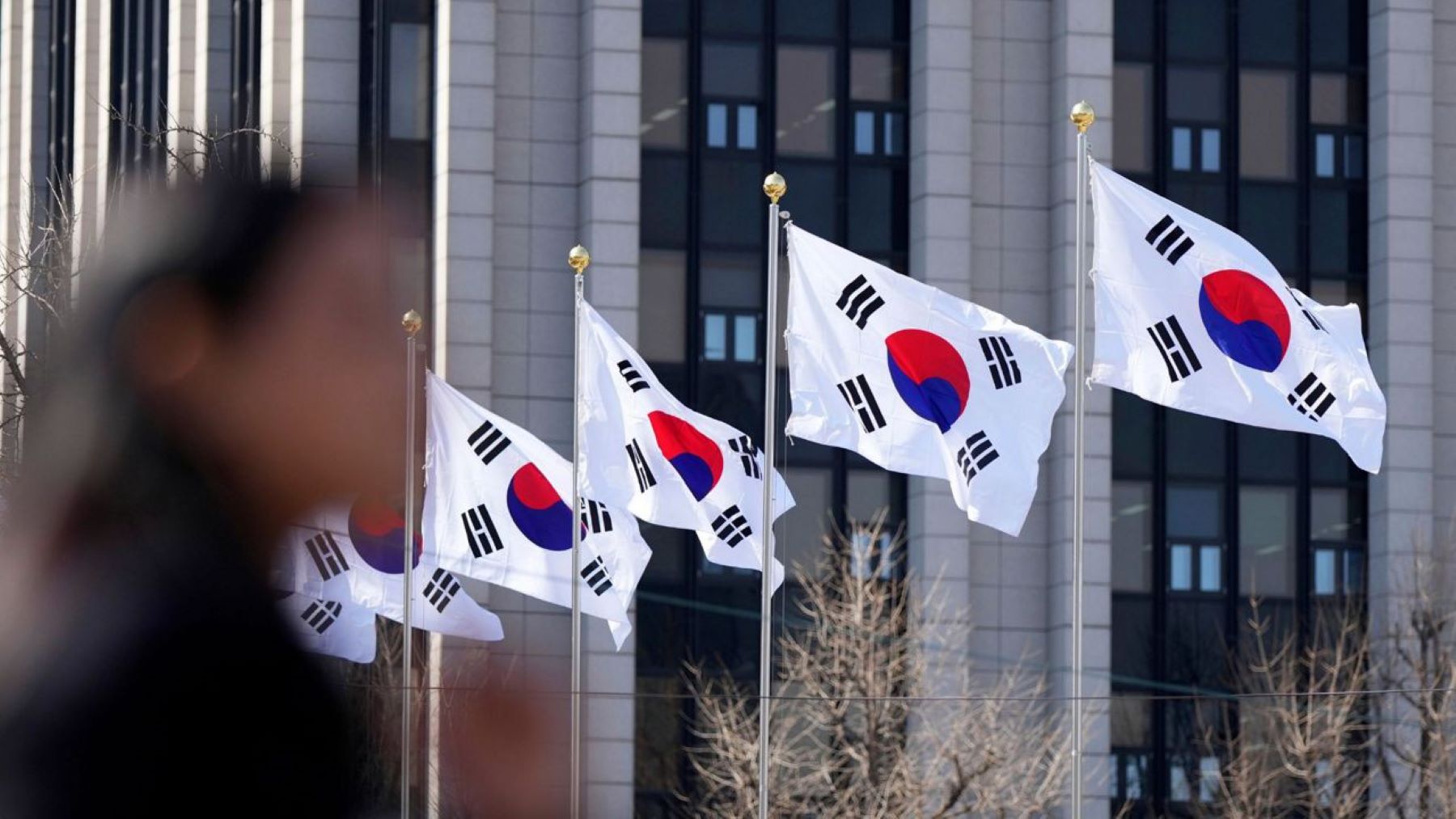
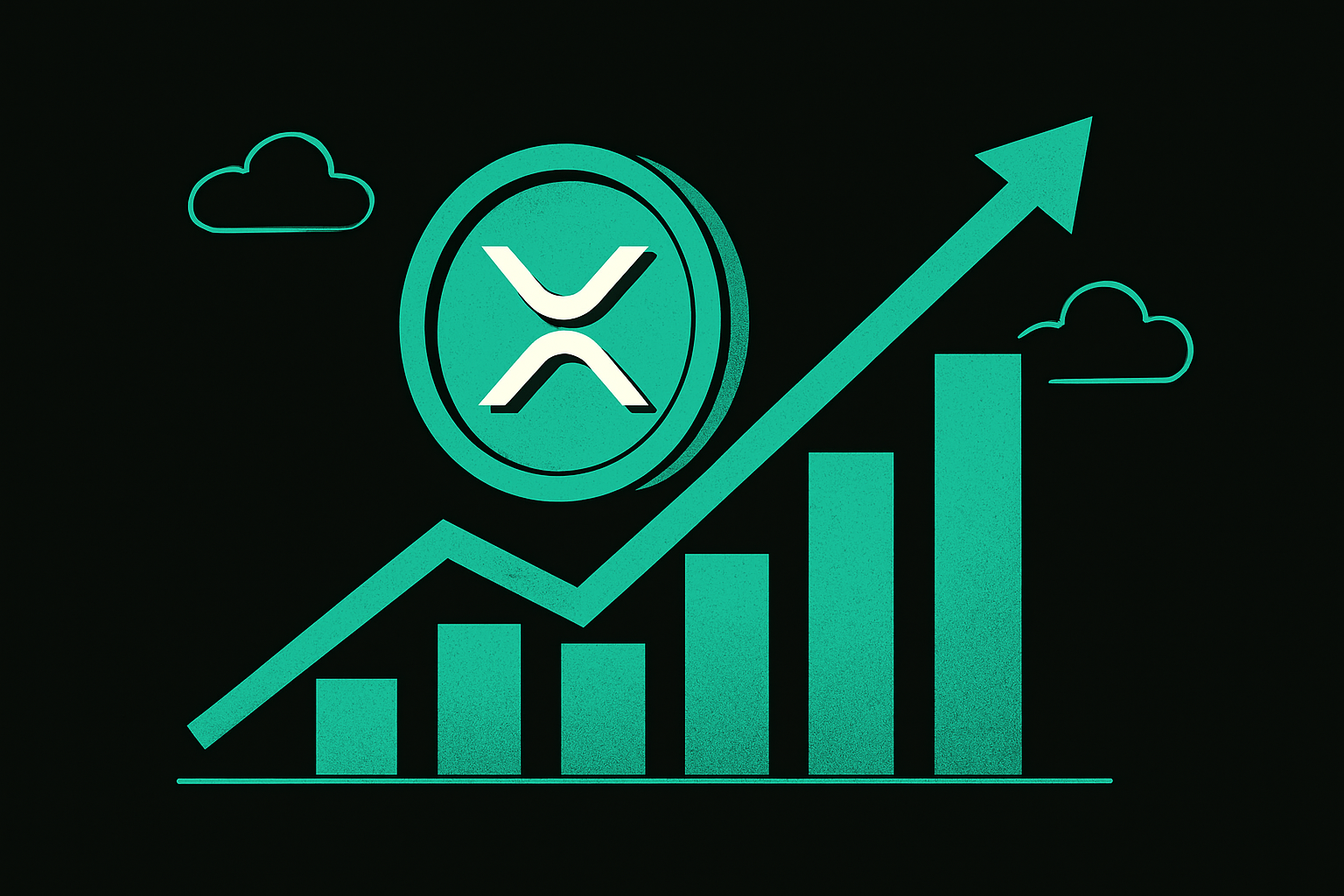



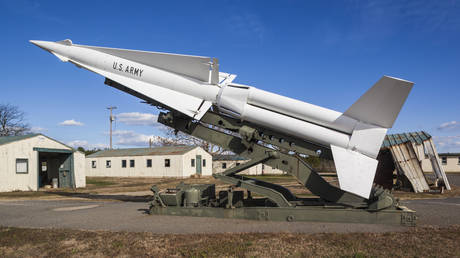
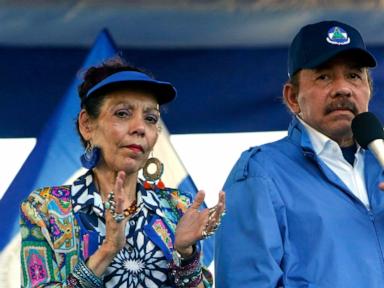

 English (US)
English (US)